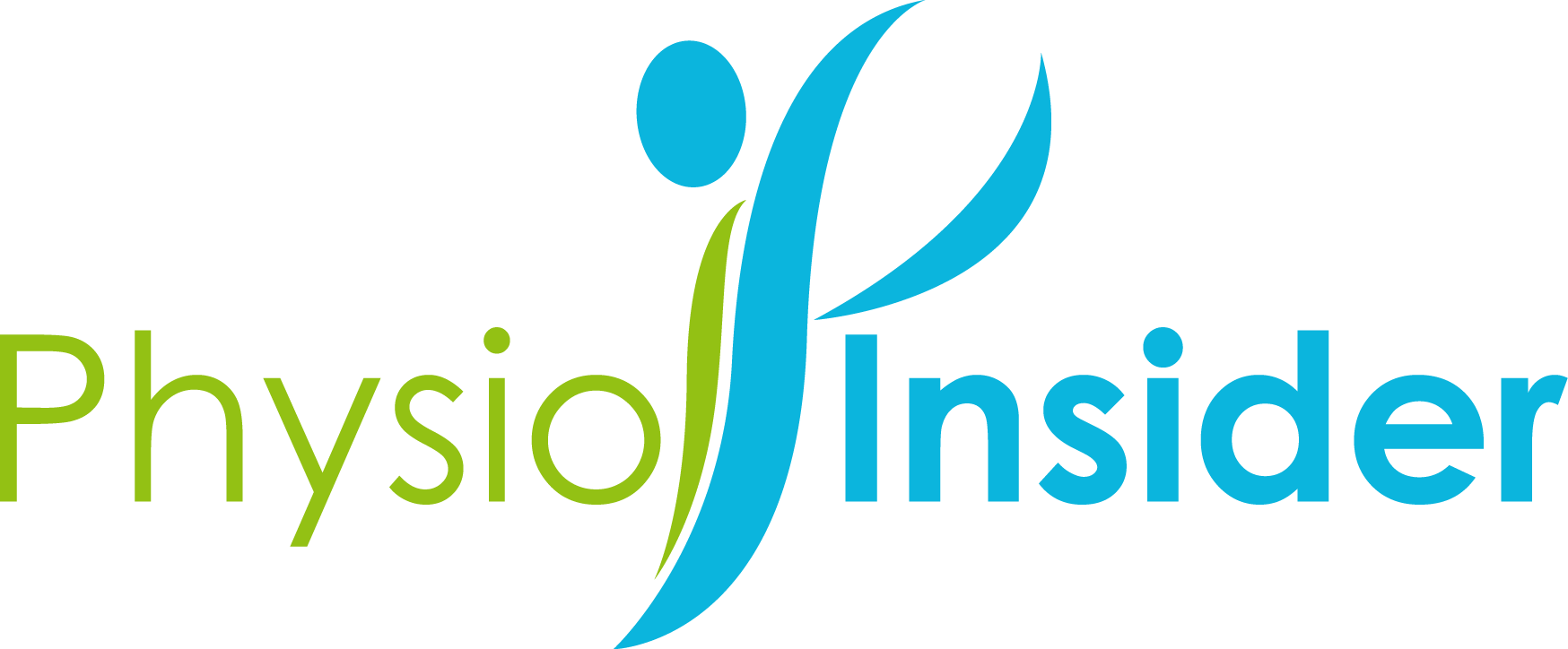According to the Mckenzie Institute, this approach is a reliable tool for all musculoskeletal problems, including neck & back pain, sciatica, degenerative changes, arthritis, numbness, along with problems at the extremities (shoulder, hip, ankle, etc). A good assessment would to the very least help your physiotherapist classify you into either a group that would respond to treatments or to a group that would need an alternative intervention. The Mckenzie system is a very effective approach but may not be suitable for everyone.
The Mckenzie approach requires a certain mindset and a lot of motivation on your part; this active approach works particularly well with compliant and motivated patients. Your physiotherapist is essentially just there to coach you, but how successful you are is dependent upon your willingness to make the right changes to your habits (i.e. sleep position, sitting posture, lifting techniques) and to do the exercises properly and frequently!
Note: An anology I learned while taking the Mckenzie courses was that we have to see the recovery phase as equivalent to pushing a boulder up a hill, the boulder would roll back down the very moment we stop pushing. It’s exactly the same with the exercises; certain orthopedic conditions just need that consistent push or effort before everything re-aligns itself.
Furthermore, the Mckenzie system is one of the few approaches that truly empower patients to the point where they can clearly identity activities or movements that they did that could have made the pain worst. Patients trained under this system are often able to shut off the pain whenever it arises by doing the proper exercises or by adjusting their postures, instead of depending on their physiotherapists to “fix their problem.” A physiotherapist’s primary objectives should not just be to fix problems, but to educate patients to the best of their knowledge and to teach them how to prevent future recurrences.
Bibliography
Dunsford, A., Kumar, S., & Clarke, S. (2011). Integrating evidence into practice: use of McKenzie-based treatment for mechanical low back pain . Journal of Multidisciplinary Healthcare, 393–402.
Kilpikoski, S., Airaksinen, O., Kankaanpää, M., Leminen, P., Videman, T., & Alen, M. (2002). Interexaminer reliability of low back pain assessment using the McKenzie method. Spine, 27-28.
Long, A., Donelson, R., & Fung, T. (2004). Does it matter which exercise? A randomized control trial of exercise for low back pain. Spine, 2593.
Long, A., May, S., & Fung, T. (2008). The Comparative Prognostic Value of Directional Preference and Centralization: A Useful Tool for Front-Line Clinicians? The Journal of Manual & Manipulative Therapy, 248–254.

